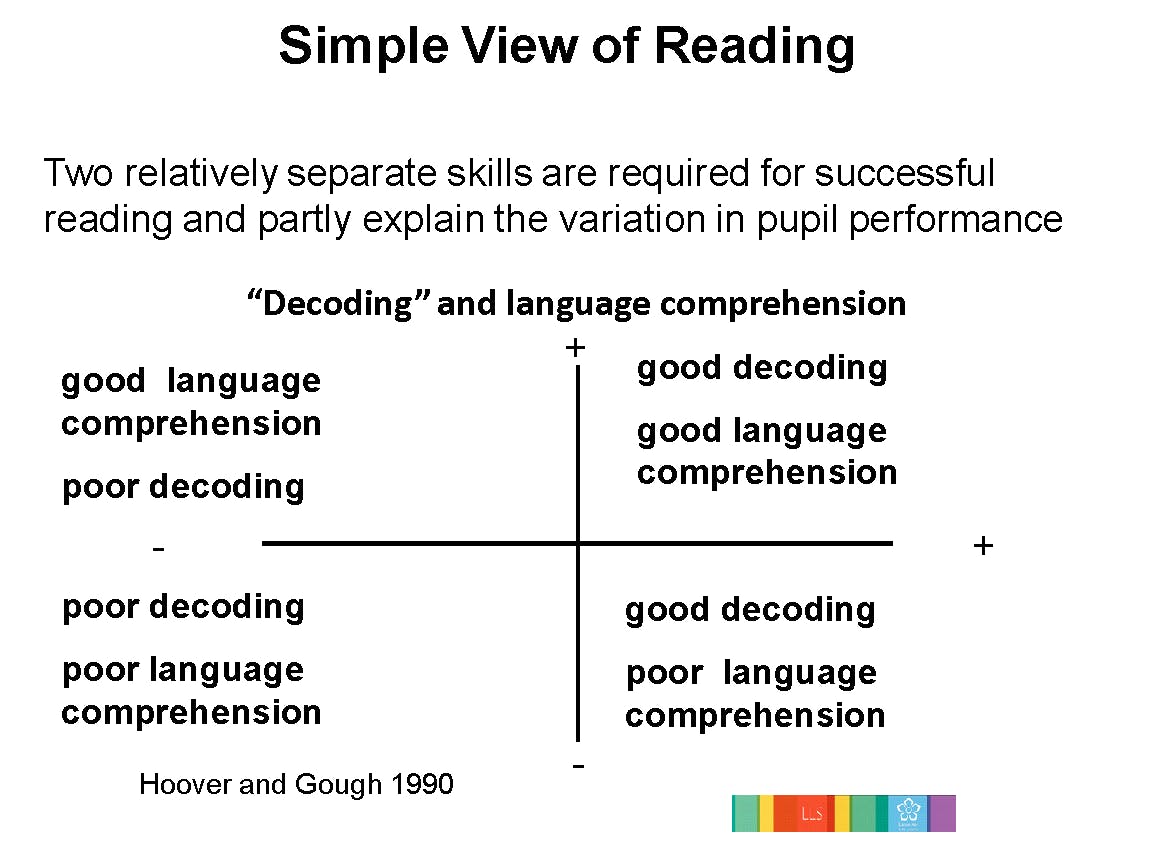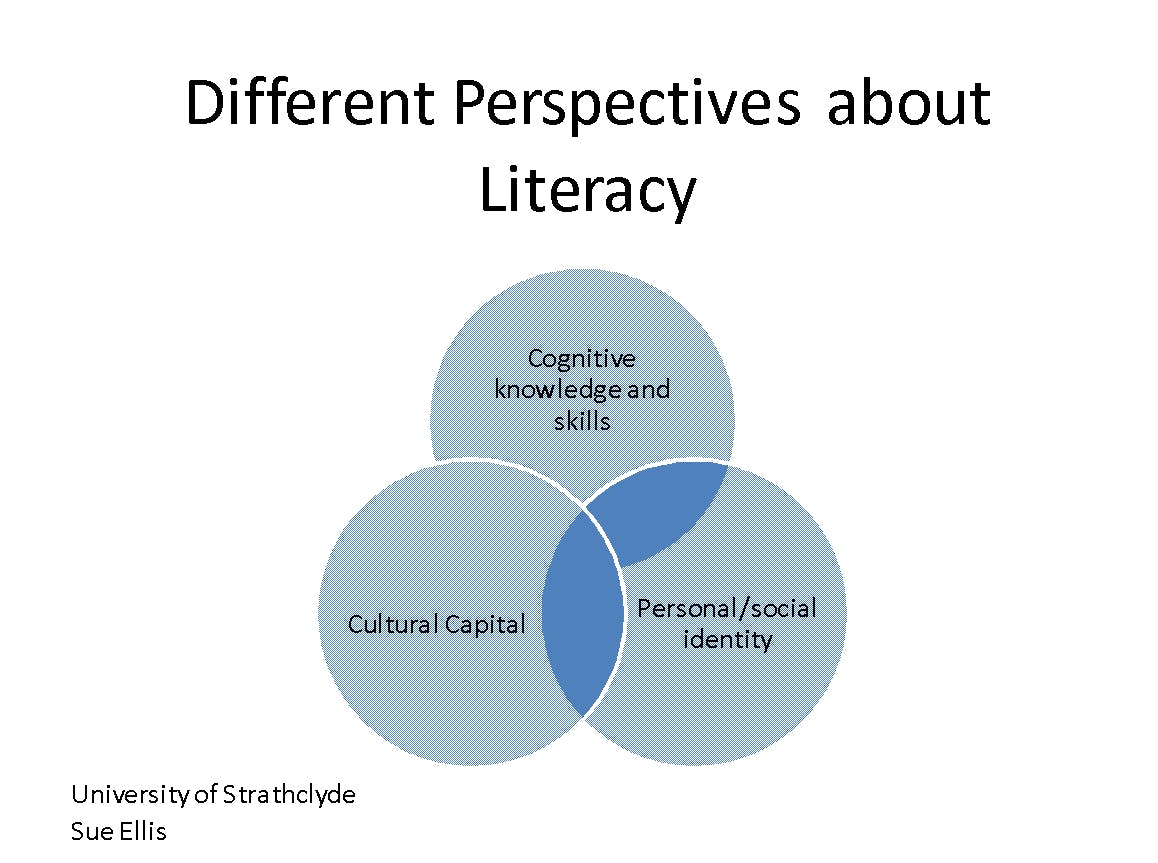Why it's Important to Tackle Low Literacy in Year 7
This blog post comes off the back of a recent webinar we hosted alongside Christine Cork from Target Literacy. Here she addresses the importance of tackling low literacy at the early stages of secondary school. Christine Cork is a primary and secondary school teacher, independent literacy adviser and company director of Target Literacy.
The first term at secondary school is a not-to-be-missed window of opportunity for those students struggling with literacy; a chance for a clean slate, new beginnings, and positive expectations. Every student who leaves primary school with low literacy deserves a second chance to acquire literacy skills and ‘catch-up’ with their peers – as soon as possible.
Impacting Attainment
Low literacy levels impact on the whole of a pupil’s attainment at school and their potential in later adult life
Opportunities to thrive in education, work and even health outcomes are significantly reduced with low levels of literacy. The Education Endowment Foundation (2014) reports that 1 in 7 students will begin secondary school as a struggling reader, reading and writing below age-related expectations. In certain socio-economic groups this increases to 1 in 4. Of these struggling readers only 1 in 10 is likely to achieve 5 A*- C at GCSE.
These statistics are sobering, but Neil Gaiman’s lecture for the Reading Agency is even more so:
“I was once in New York, and I listened to a talk about the building of private prisons - a huge growth industry in America. The prison industry needs to plan its future growth - how many cells are they going to need? How many prisoners are there going to be, 15 years from now? And they found they could predict it very easily, using a pretty simple algorithm, based about asking what percentage of ten and eleven year olds couldn't read. And certainly couldn't read for pleasure.”
How to spot the signs of low literacy and diagnose difficulties
Underlying issues regarding low levels of literacy are multiple and complex. Tackling the problem will not be addressed by a one size fits all approach. Careful observation of the student’s literacy behaviours whilst reading and writing will help to pinpoint difficulties. Hoover and Gough’s Simple View is helpful in that it suggests that students who struggle could fit into three combinations of difficulty. This can help us to allocate support appropriately.
Identifying gaps in reading and writing cognitive skills and knowledge is essential but it is also important to remember that our students may have been struggling for some years. Individual students might therefore have low self-identity as a reader or may not feel part of a positive reading culture. Cognitive skills and knowledge are essential, but not enough on their own; unfortunately it is possible to teach a child to read and put them off reading at the same time. The model below shows how these three aspects of literacy combine to make a successful reader and writer and as teachers we need to consider all of them.
5 steps to diagnose difficulties
I find the following 5 steps useful to help quickly spot the signs of low literacy early in Year 7, and also to diagnose difficulties.
Steps 1-3 are carried out on a one to one using a Year 7-appropriate non-fiction text, steps 4-5 whole class.
The 5 steps are:
60 word check: I ask the student to read aloud whilst I record which words are read accurately and any incorrect substitutions. I am looking for accuracy levels of above 94% which is appropriate for independent reading, also for any decoding difficulties and also listening out for fluency, phasing and attention to punctuation.
Diagnostic conversation: Using the same text, we have a genuine discussion in order to shine a spotlight on comprehension and oral language skills. This can help to explore understanding of key academic language and vocabulary. I ask the student to identify any vocabulary they don’t understand and what strategies they are using to make sense of the text (or not!)
Comprehension questions: I devise a couple of formal comprehension questions for this text, and ask students to explain how they would go about answering the questions. Answering questions after the act of reading is a different process to understanding in the moment of reading. It is often very revealing to see how they go about this complex task.
Reading Survey: I ask students to complete a simple reading survey to give their own perspectives about themselves as a reader, for example: 1) Do you like reading? 2) Are you a good reader? 3) Why do you think this is? 4) What do you enjoy reading?
Short unaided writing task helps me to identify if there is a mismatch between a student’s reading and writing ability and also which areas of writing need to be addressed.
Effective support for pupils who struggle with literacy in Year 7
Effective support involves a combination of classroom approaches and literacy interventions. ‘Literacy across the curriculum’ and associated policies can be contentious in secondary schools, but a balance needs be struck between teaching a subject area and teaching the skills we need for reading, writing, speaking and listening within the subject. Weak reading comprehension is a significant barrier to success in subjects beyond English too. We all need to be teachers on literacy in Year 7, whatever our subject specialism. Where specific interventions are used I have found that close working relationships between teachers and TAs enable transference of skills from the intervention into the classroom.
Interventions
Evidence based literacy interventions are plentiful for primary but there are fewer available for secondary. I use a menu of intervention approaches, drawn from primary approaches, which address student needs identified through the 5 steps. These interventions are targeted, time limited and personalised in negotiation with the student.
Interventions based on Reading Recovery principles using one to one approaches with continuous text work particularly well with struggling readers where decoding, phrasing and fluency are an issue. I use Growing Reading, Oracy and Writing @ KS3 (GROW@KS3), Switch-on Reading and Writing and Boosting Reading @Secondary.
Small group work approaches which maximise talk for reading work well for pupils who need to develop comprehension and enjoyment of reading. The Inference Training intervention, offered within Reading Comprehension and Enjoyment package, is an excellent resource.
About Christine Cork
Christine Cork is a primary and secondary school teacher, independent literacy adviser and company director of Target Literacy.
Useful References
- Reading at the Transition Interim Evidence Brief 2014 Education Endowment Foundation Durham University
- What works for children and young people with literacy difficulties? The effectiveness of intervention schemes 4th Edition (2016) Greg Brooks University of Sheffield
- Literacy and numeracy catch-up strategies (2012) DfE
- Education Endowment foundation
Interventions


